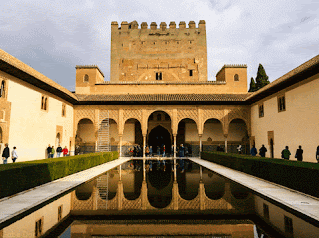Delftware, or Delft pottery, denotes blue and white pottery made in and around Delft in the Netherlands and the tin-glazed pottery made in the Netherlands from the 16th century.
Delftware in the latter sense is a type of pottery in which a white glaze is applied, usually decorated with metal oxides. Delftware includes pottery objects of all descriptions such as plates, ornaments and tiles.
The earliest tin-glazed pottery in the Netherlands was made in Antwerp in 1512. The manufacture of painted pottery may have spread from the south to the northern Netherlands in the 1560s. It was made in Middelburg and Haarlem in the 1570s and in Amsterdam in the 1580s. Much of the finer work was produced in Delft, but simple everyday tin-glazed pottery was made in places such as Gouda, Rotterdam, Amsterdam and Dordrecht.
The use of marl, a type of clay rich in calcium compounds, allowed the Dutch potters to refine their technique and to make finer items. The usual clay body of Delftware was a blend of three clays, one local, one from Tournai and one from the Rhineland.
From about 1615, the potters began to coat their pots completely in white tin glaze instead of covering only the painting surface and coating the rest with clear ceramic glaze. They then began to cover the tin-glaze with clear glaze, which gave depth to the fired surface and smoothness to cobalt blues, ultimately creating a good resemblance to porcelain.


































.gif)










